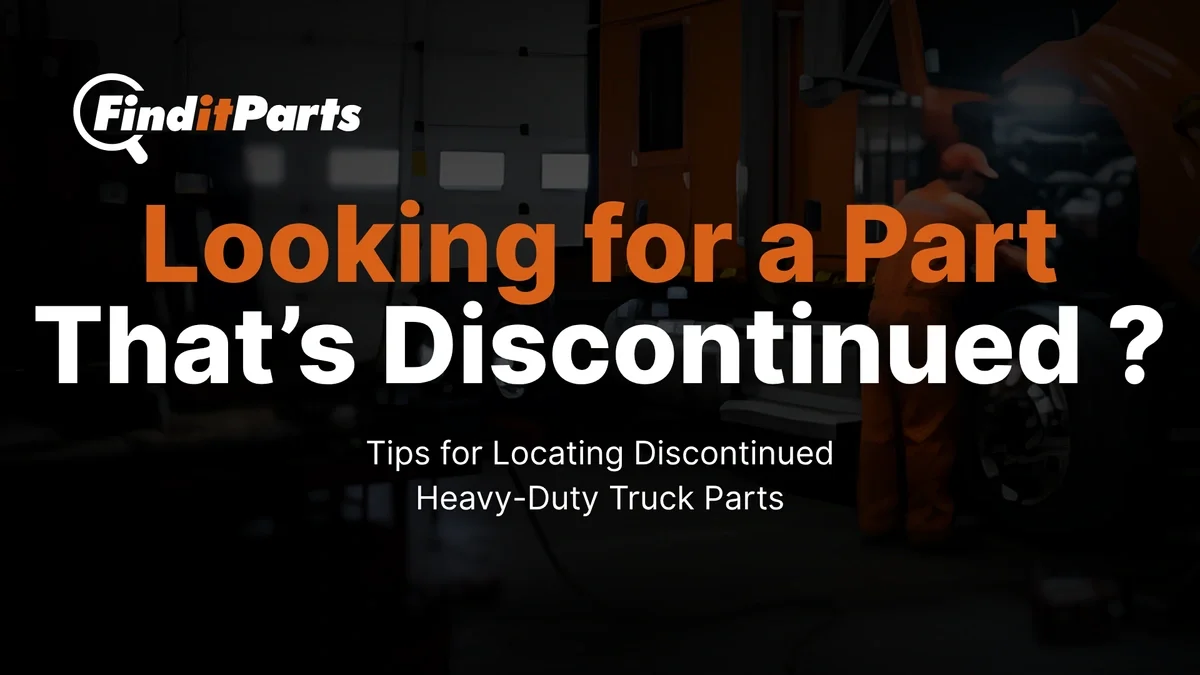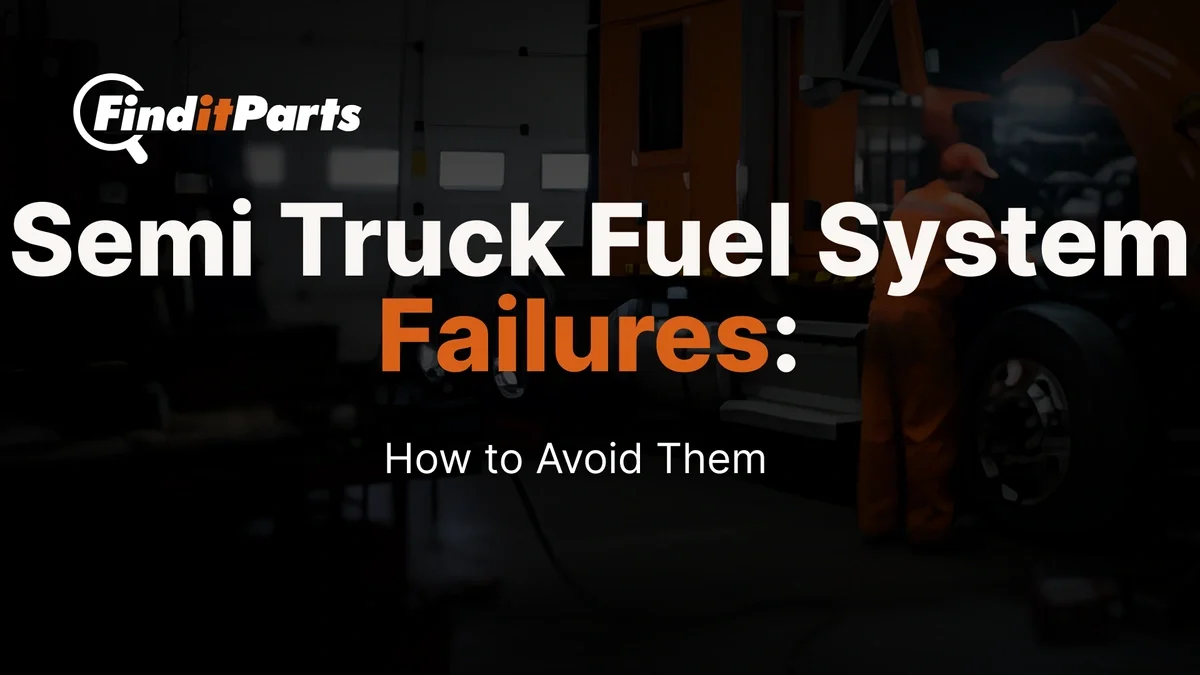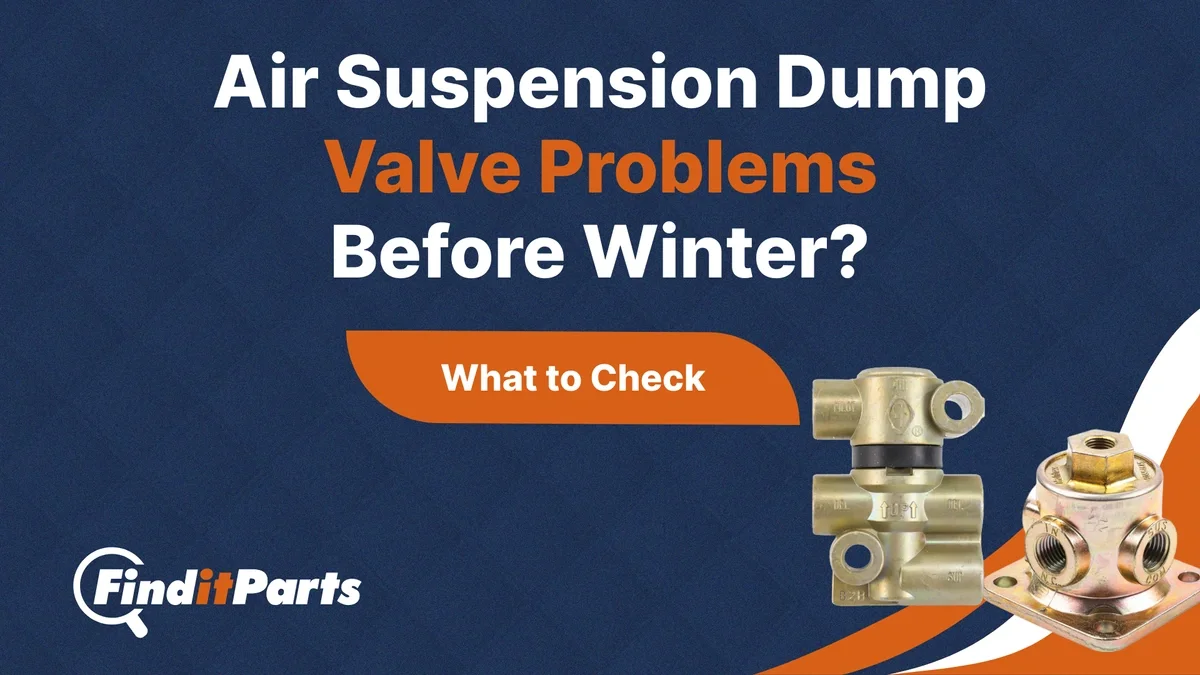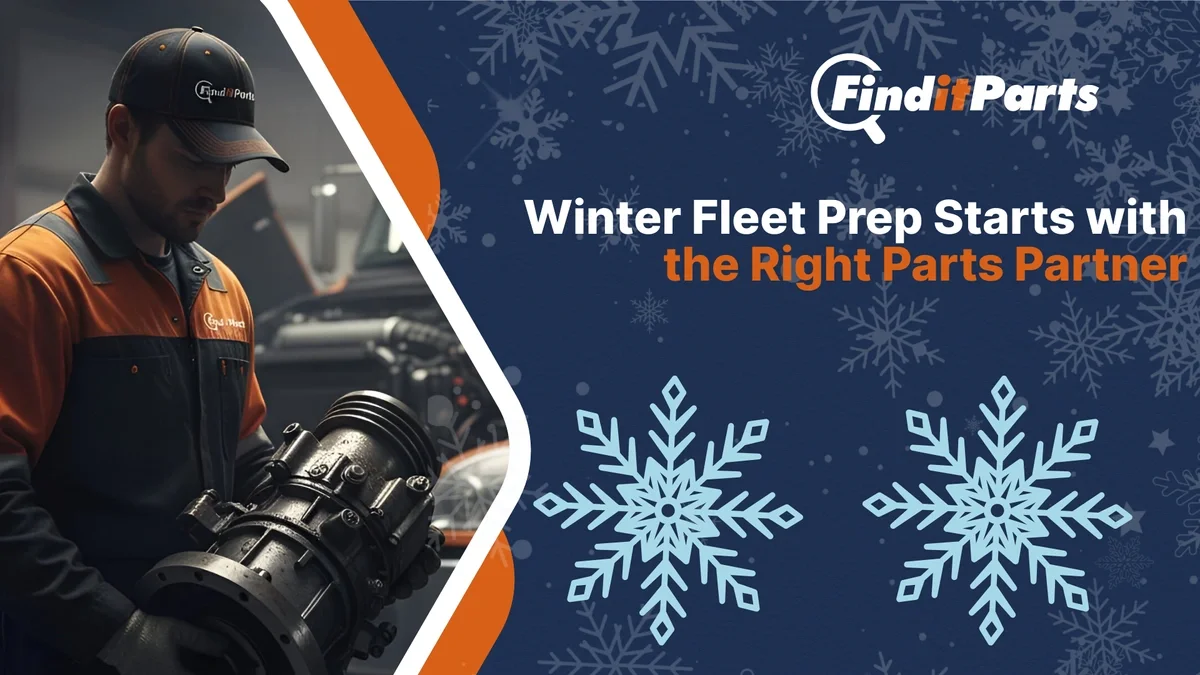Need help? We're here!
(888) 312-8812 Login SignupTips for Locating Discontinued Heavy-Duty Truck Parts
October 22, 2025

Introduction
Truck’s down. You've gone through your shelves, checked inventory systems, maybe even dug through some dusty parts bins in back and still, the part you need is discontinued. When that happens, jobs stall. Whether you're a repair tech needing to get a rig back on the road or a fleet manager trying to keep downtime low, hunting for discontinued heavy-duty truck parts can feel like chasing a ghost through a scrapyard. Worse yet, every minute a vehicle sits out of service costs time and money.
What's frustrating about these parts is you're not even looking for something fancy. You just want what fits and works. But once manufacturers phase something out or update a component line, finding that exact brake chamber, air valve, or suspension arm gets tricky. The good news is there are reliable paths to track down those hard-to-find truck parts and you don’t need a warehouse-sized Rolodex to start looking.
Understanding Why Parts Get Discontinued
Before starting the hunt, it helps to understand why these parts vanish in the first place. It’s not always because they’re old, broken, or unsupported. In most cases, parts get pulled out of circulation for reasons that have nothing to do with your ability to use them.
Here are a few common reasons:
1. A manufacturer stops production of a specific model or component line
2. A newer part replaces the original due to updates in design or tech
3. Government regulations change, especially around emissions and safety
4. The supplier of one key component in an assembly goes out of business
5. The part wasn’t in high demand, so it doesn’t make sense to mass-produce anymore
This doesn’t mean your truck suddenly becomes obsolete. It just means you’ve got to dig a little deeper. In some situations, the newer part might fit with minor adjustments. In others, you’ll need to find the same model or a compatible replacement.
When a rig in your fleet uses multiple older parts no longer stocked by the dealer, maintenance becomes more reactive than preventive. Delays pile up. One local trucking company we worked with found themselves constantly scrambling for the same outdated control module across three trucks. It wasn’t until they mapped out which parts were consistently hard to source that they realized how much time they were losing in defense mode. Once you look at why parts go off the radar, you’re in a better position to search smart.
Key Places to Search for Discontinued Parts
When you know a part’s manufacturer has phased it out, it’s time to get creative with your sourcing. Standard catalogs and dealers aren’t going to cut it here. But that doesn't mean you're out of luck.
Here’s where to start looking:
1. Online heavy-duty parts marketplaces
Search platforms that focus on heavy-duty truck and trailer parts. They often maintain listings for legacy items. Look for listings that offer cross-reference numbers or OEM compatibility.
2. Industry forums and groups
Mechanics, techs, and parts managers talk. Joining message boards or online communities can help you spot where someone else may have already sourced the same part or at least offer leads for who to call.
3. Distributor and dealership back channels
Even if it's not on the shelf, it might be in their backroom or connected warehouse. Contact parts counters you’ve worked with in the past. Ask them to check regional inventory or sister locations.
4. Old stock specialists
Some suppliers focus on overstock, closeouts, or slow-moving inventory. If the part exists, they might have it. Be careful to verify it’s new and has not been sitting unused for years unless that's acceptable for your application.
5. Manufacturer support
Some companies can recommend compatible replacements even if they no longer stock the original part. It doesn’t guarantee a match, but their tech sheets or spec departments can point you in a better direction.
If you're seeking a discontinued fuel pressure sensor or air brake protection valve, starting with the product code or casting number narrows the scope fast. Pair that with a trusted part search engine, and your odds go up. Even more so with advanced filtering like VIN decode functions, which we’ll get into next.
Utilizing Specialized Tools and Services
When part numbers are scratched off or long discontinued, cross-reference tools can help find a matching part by comparing OEM numbers and alternative options. These tools take existing part details, even partial numbers, and identify compatible items from different manufacturers. It cuts down guessing and avoids ordering the wrong part.
VIN lookup tools work similarly but offer a more vehicle-specific route. By plugging in a truck’s VIN, you get access to the build sheet, which helps confirm which variation of a part was used originally. That’s especially helpful for platforms like Freightliner or Kenworth, where configurations may shift within the same model year.
Let’s say you’re searching for an old-style Bendix QR-1C quick release valve, but the model stamped on yours isn't pulling up much. A cross-reference tool can show new part numbers, similar assemblies, or even retrofit kits. Pair that with a VIN search, and you can double-check if the new unit keeps everything working like it did before.
These tools give mechanics and parts pros an edge, especially when you're sourcing on tight timelines or dealing with larger fleets that run aging trucks alongside newer rigs. If you're not using them, you're taking the long way around.
Tips for Ensuring Compatibility and Quality
Finding a part is one thing. Making sure it's the right fit and comes from someone trustworthy is another. Compatibility matters. Putting in the wrong brake chamber or air dryer can cause more problems down the line. When your goal is up-time, guessing isn't worth it.
Here’s what to check before hitting the buy button:
- Match it against the truck’s make, model, and VIN where possible
- Review spec sheets from the original or replacement part for side-by-side comparison
- Look at connector types, thread sizes, mounting styles, and material
- Verify if it's a direct replacement or if it requires adjustments
Once you’ve got a part locked in, it’s time to double-check the seller. Read reviews, poke around for return policies, and be cautious with prices that look too good to be true. Some parts resellers sit on warehouse stock that’s old, damaged, or missing vital packaging. Others sell knockoffs that won’t last.
One example we’ve seen involved a fleet that ordered a suspension torque rod that matched the part number, but the poor casting quality caused the bushing to separate within weeks. Lesson learned. The second time around, they checked supplier reviews and verified compatibility through official product pages like the Torque Rod by Dayton Parts, which solved the issue for good.
What to Do When You're Stuck
Hunting for discontinued truck parts isn’t something anyone enjoys. But with the right tools and a smarter approach, it becomes a task you can manage rather than a job that runs your day. Using VIN lookups, cross-references, and leaning on trusted platforms pays off quickly, especially when you're dealing with multiple generations of rigs or a tight repair schedule.
Once you get into the rhythm of checking alternate suppliers, verifying specs, and confirming compatibility, you'll spend less time tracking down missing parts and more time keeping trucks rolling. It’s not about chasing unicorns. It’s about using every resource possible to find the part that still does the job right. Keeping downtime short and crews moving starts here.
To keep your fleet rolling with minimal downtime, make use of tools and resources that streamline your purchasing needs. FinditParts Inc. carries a wide range of hard-to-find truck parts that meet your exact specifications and keep vehicles on the road where they belong. Get what you need faster and avoid costly repair delays with parts you can count on.



